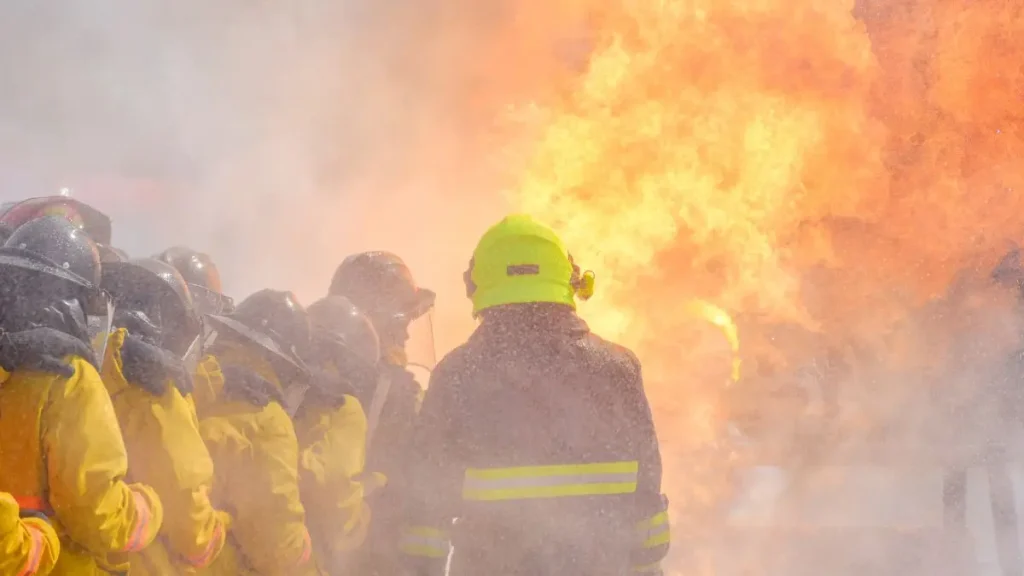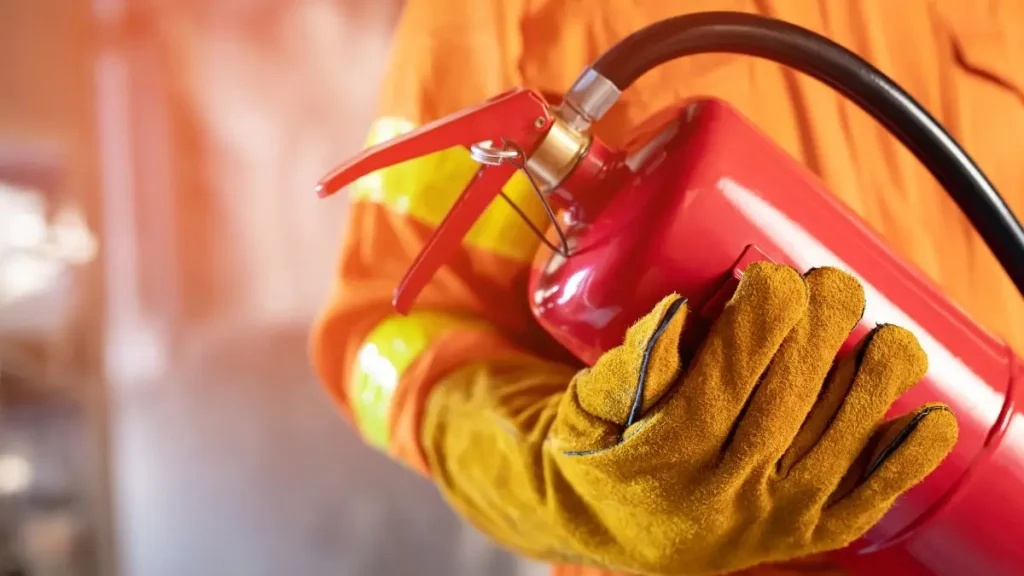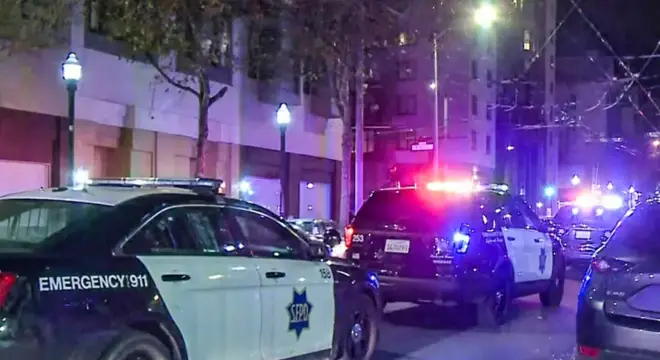Fire in Clay Home Spreads From Basement, Leaves Home Destroyed
I still remember reading the first reports from Bay Park Drive that Sunday afternoon, and honestly, it hit me. Just after 2 p.m., the homeowners noticed smoke curling from their house and immediately called 911. By the time firefighters arrived at 4033 Bay Park Drive, the situation had already escalated—thick smoke pouring from the first floor and heavy flames shooting out of the basement.
What struck me most was how quickly things went from concerning to dangerous. The basement was cluttered with furniture, clothing, and other items, making it nearly impossible to reach the fire’s core.
Firefighters had to step back, fight from the exterior, and carefully strategize their next moves. You can almost feel the tension—each second mattered, and the blaze didn’t wait for anyone.
Even as I read about the chaos, I couldn’t help thinking about the sheer coordination required. Nearly 60 firefighters from eight departments were on the scene, pulling hoses, tearing down walls, and tackling hidden pockets of fire. It was a vivid reminder of how fast a fire can turn a normal Sunday afternoon into a life-altering event—and why early detection and quick response can make all the difference.
Challenges Faced by Firefighters

When I first read the Syracuse report about the fire, I couldn’t help but feel the tension that the firefighters must have faced on Bay Park Drive. The basement was filled with furniture, clothing, and various items, creating a maze that hid the fire’s source.
As they pulled hoses and tried to get inside, the heat and smoke forced them to retreat temporarily, fighting the blaze from outside before carefully re-entering.
I kept picturing the scene: nearly 60 firefighters from eight departments coordinating under extreme conditions, making split-second decisions while flames roared through the basement and first floor.
The structural challenges, combined with hidden pockets of fire in crawl spaces, meant that every move had to be precise. This wasn’t just about dousing flames—it was a complex operation that required experience, teamwork, and nerves of steel.
Extent of Damage and Homeowner Status
According to Local SYR, the fire left the basement and first floor in total ruin, while the second floor was still being evaluated. Thankfully, the homeowners were not present during the incident, and no injuries were reported.
Still, reading about the destruction gave me pause. You can prepare for emergencies all you want, but seeing your home engulfed in flames is a visceral reminder of how quickly life can be disrupted.
The rear of the house even collapsed into a crawl space, forcing firefighters to tear down walls and sections from the outside just to reach hidden flames. For the residents, this was likely a devastating sight—their Sunday afternoon turned into a long night of uncertainty.
Situations like these underline the importance of insurance, fire alarms, and having a clear plan for emergencies.
Tragic events, such as the Pennsylvania home fire, underline why early detection and clear evacuation plans aren’t optional—they can save lives.
Possible Causes and Investigation
While the official cause is still under investigation, anyone who has studied residential fires knows that basements are particularly vulnerable. Electrical malfunctions, accumulated flammable items, and inadequate ventilation are frequent culprits.
In this case, the cluttered basement made it even harder for firefighters to contain the blaze quickly.
Reading about how the fire spread from the basement to the first floor, and eventually to the rear of the house, it’s clear that small oversights can have massive consequences. Experts often recommend regular inspection of basement wiring, proper storage practices, and keeping exits clear.
For homeowners, these aren’t just precautions—they can literally mean the difference between minor damage and a total loss.
Basement fires can escalate quickly, as seen in other incidents like the Orange County house fire, where a single spark caused devastating damage.
Fire Safety Lessons from Bay Park Drive Incident

There are concrete lessons we can all take from this fire. Cluttered basements may seem harmless, but in reality, they amplify risk and complicate emergency response. Smoke detectors, fire extinguishers, and clearly marked escape routes are non-negotiable.
What struck me personally while reading the reports was the importance of early detection. The homeowners noticed smoke quickly and called 911 immediately, which likely prevented injuries and even more severe damage.
Planning for the unexpected, regularly checking electrical systems, and having a family evacuation plan aren’t just theoretical—they are practical steps that can save lives.
Have you ever faced a fire emergency at home, or taken steps to make your basement safer? Share your experience in the comments—I’d love to hear what worked for you.
Community Response and Support
One of the most heartening aspects of the Bay Park Drive fire was the community response. Multiple fire departments coordinated seamlessly, while neighbors and local officials rallied to ensure the homeowners had support.
The collective effort reminded me that fire safety isn’t just an individual responsibility—it’s a shared one.
In situations like these, community awareness, rapid response, and mutual support can significantly reduce both physical damage and emotional trauma.
Reading about this, I felt a mix of relief and admiration for everyone involved—the firefighters risking their safety, the neighbors providing immediate help, and the local authorities coordinating such a massive response under pressure.
If you want instant updates on local incidents and safety alerts, there’s a convenient way to get them straight to your phone via WhatsApp.
Understanding Fire Spread in Residential Basements
One thing that really caught my attention about the Bay Park Drive fire was how fast it spread from the basement to the first floor. Basements, by design, are often enclosed, poorly ventilated, and full of stored items—conditions that allow a fire to intensify quickly. In this case, the mix of furniture, clothing, and other belongings acted like fuel, making the flames harder to control and giving the firefighters an uphill battle.
Reading the reports, I could almost feel the heat and tension as the crews had to carefully navigate the smoke-filled space. Fires in basements are particularly dangerous because they’re easy to underestimate. The visible smoke might seem manageable, but flames can silently move through floor joists, walls, and hidden spaces.
This incident highlights why regular inspections, decluttering, and proper fire detection systems are essential in these vulnerable parts of a home.
Fires can spread silently through floor joists and walls, a pattern tragically observed in the Poconos house fire, reminding us how quickly a basement fire can engulf an entire home.
Legal and Insurance Considerations After a Fire
While reading about the homeowners’ ordeal, I couldn’t help but think about the aftermath beyond the immediate damage. Fires like this one bring up critical legal and insurance issues. Documenting damage thoroughly, contacting insurance providers as soon as possible, and understanding coverage can save months of headaches.
In addition, some homeowners might face questions about rebuilding codes or permits, especially if structural damage is severe. Having clear records, photos, and communication with insurers or local authorities ensures the recovery process is smoother.
It’s a lot to think about when you’re emotionally drained, but being prepared on the legal and insurance front can make a tangible difference in getting life back on track.
Moving Forward: Fire Prevention and Community Safety
After seeing the reports from Bay Park Drive, it’s clear that fire prevention isn’t just a personal responsibility—it’s a community one. Local fire departments, officials, and residents all play a role in minimizing risks and responding effectively. Regular fire drills, community awareness programs, and proactive inspections can significantly reduce both physical damage and emotional trauma in future incidents.
For homeowners, taking steps like keeping basements organized, maintaining smoke detectors, and planning evacuation routes can prevent a minor hazard from becoming catastrophic. On a larger scale, community programs that educate families about fire risks and coordinate rapid response measures create a safer environment for everyone.
Reading about this fire, I realized that prevention, preparation, and community collaboration aren’t abstract ideas—they are what can save lives and protect homes. And honestly, knowing that nearly 60 firefighters worked together to control the blaze makes me appreciate how much planning, skill, and courage goes into keeping neighborhoods safe every day.
For more real-life fire incidents and home safety tips, explore our Home Incidents section to learn from other homeowners’ experiences.
Disclaimer: The information in this article is based on reported local news and is intended for general informational purposes only. It does not constitute professional advice. Readers should verify details and consult relevant authorities for specific guidance.


